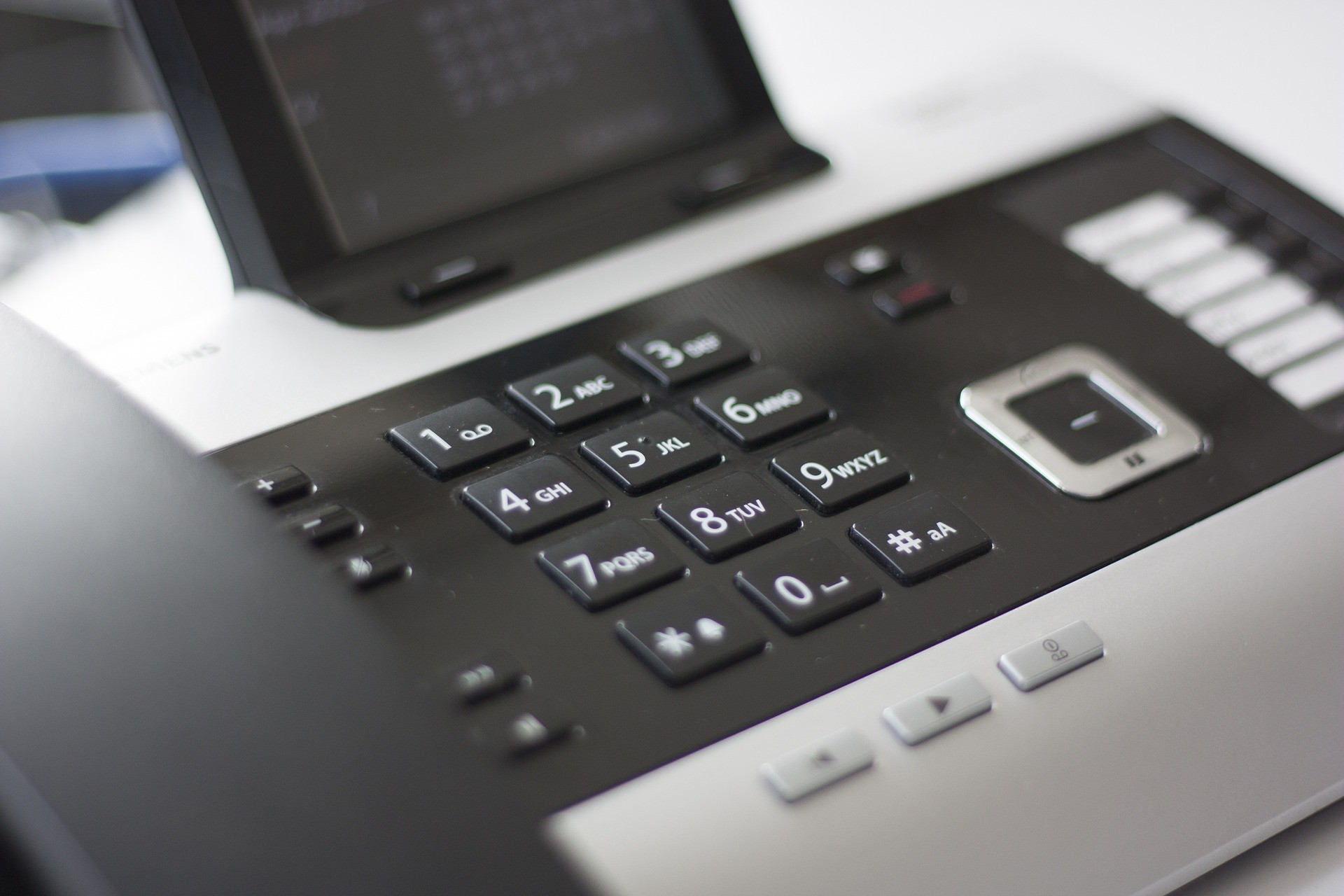I’m surprising nobody when I say that most business communications are conducted via email. I dare say that even inter-office relationships are often electronic. Sales calls, either in-person or over the phone, seem to be a thing of the past. Yet, I’d like to suggest that there are still advantages to picking up the phone or visiting a client.
The Personal Touch
Electronic communications aren’t a bad thing. They can speed up and vastly simplify certain interactions. Not everything warrants a phone call or a site visit, after all. We cannot, however, argue that email can be very impersonal. Electronic communication favours efficiency, and sometimes that’s what we need but it’s not what we always need.
We’re still human beings. Most of us still like to feel a connection with other people, even, or perhaps especially, in business. People are growing increasingly weary of the facelessness of some businesses. That’s why social media managers are constantly trying to give a business a personality online.
An email can be shot off to a thousand people at once and such bulk emails are very difficult to tailor to individuals. A phone call, however, is personal. It’s a direct connection and it’s a private connection. You know when someone’s on the phone to you that they’re talking to you. There’s value in that because it makes that person feel valued.
Avoiding Misunderstandings
One of the biggest issues with email-only communications is the potential for misunderstanding. The way we read a message is not always the way in which a message was intended. For example, some people have a very blunt writing style. They write short, direct sentences. If emailing someone they’re well acquainted with, such a style might not be problematic. Yet if introducing themselves to a new client, it might inadvertently come across as rude or overly stern.
At any time, a sentence can be misunderstood, it’s meaning lost. If the recipient is having a particularly stressful day, they may even be unwittingly predisposed to taking something the wrong way. Additionally, email often lacks the context of tone.
Our voice though doesn’t betray us in the way that our words might do. When people listen to us speak, they can deduct from our tone how our message is intended.
Selling Solutions
I am a huge advocate of consultative selling – selling solutions. It’s my belief that conversation is the cornerstone of good selling. We want our clients to feel that they’re getting what they need, not that they’re being sold what we want them to buy. In my experience, a free-flowing conversation is hugely advantageous when trying to understand what the client needs and offer the correct solution.
Email stunts the conversation. It harms the flow. You send off an email, wait hours or maybe even days for a reply, and sometimes neither side gets the answers they want. This isn’t to say that email doesn’t have its place in the consultative selling process but it should not be the only part of the process. Following up via email allows the client to address things that they might have forgotten previously, but it’s that initial interaction that can sell the relationship.
Emails May Go Unnoticed
I’m sure most of us have sent an email before and not received a reply. It might have been ignored, it might have ended up in a Spam folder (and do check your Spam folders periodically for valuable emails!) or it might simply have been inadvertently skipped over in a full inbox. And I think all of us have seen a lengthy email before now and skimmed it, perhaps missing vital information.
Phone calls don’t suffer from this problem. Even if the person you’re trying to reach cannot take the call, they’ll know you’ve called and they’re more likely to return it. If they don’t read your email for whatever reason, they’re very unlikely to get back to you.
Studies have consistently shown that even cold calling by phone has a significantly higher response rate when compared to email only marketing.
Don’t Stop Sending Emails
None of this is to say that email marketing doesn’t have its place. You cannot beat it for reach, efficiency or cost-effectiveness. However, I do not believe it should be the beginning and end of your marketing strategy. People are far more likely to respond to, and invest in, other people.
Send emails to try and initiate a connection. Make that email an invitation to connect on a more personal level. Ask whether they’d be free for a phone conversation in a few days, or if you’re going to be in their neck of the woods, an actual meeting.
When a client can put a voice, and even a face, to the text on their screen from the follow-up email(s) then they’re much more likely to want to do business with you.
















